Using Ancient Herbs: Tips On Creating An Ancient Herb Garden
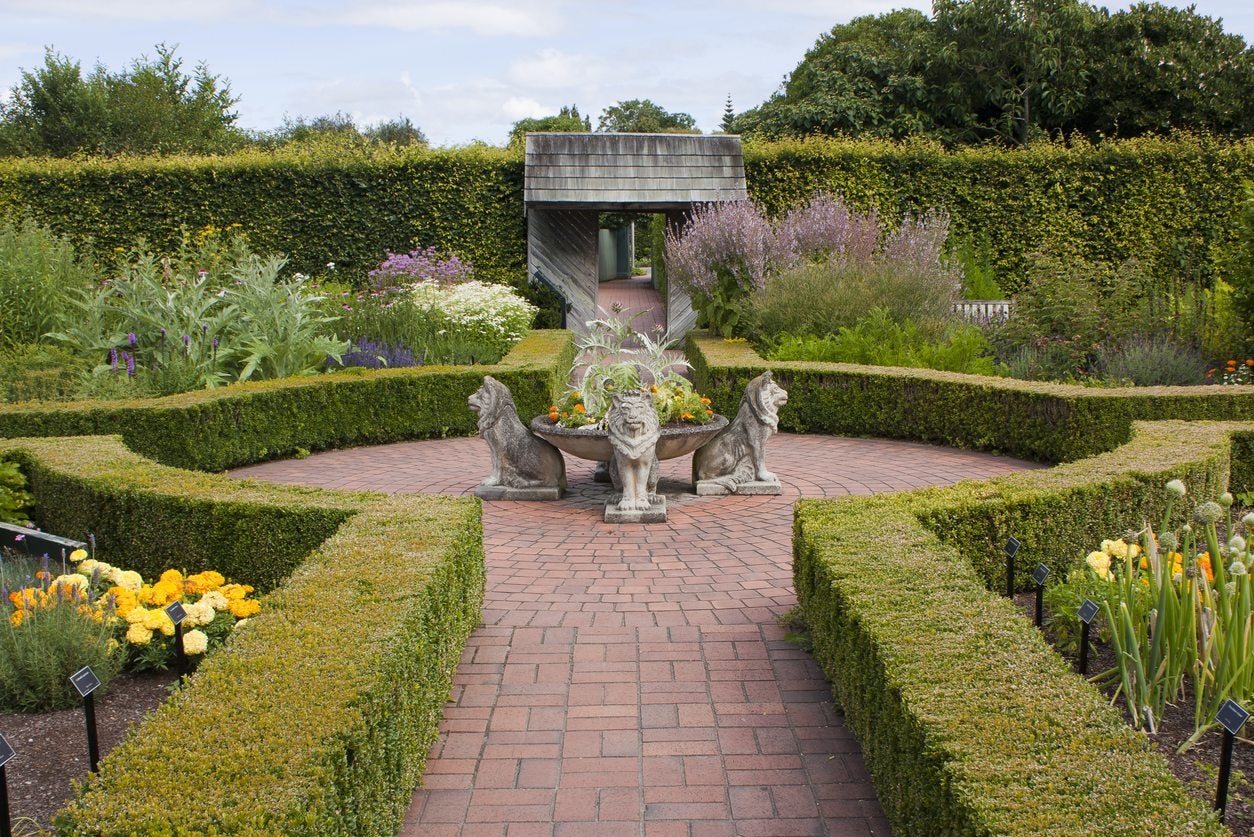

Imagine walking down a wide garden path under a pergola held up by bright white marble columns. Tidy patches of herbs line each side of the path, and a gentle breeze brings their many delightful scents to your nose. At the end of the garden path, the sky opens up and sunlight glistens off the water of a small pool lined with colorful mosaic tiles. In the center of the pool stands a large marble statue of the Goddess Venus standing naked on a large seashell. Rosemary and thyme spill out of ceramic urns along the back of the pool. This scene is what an ancient Roman herb garden would have looked like. What are ancient herbs? Continue reading for the answer, as well as information on how to create an ancient herb garden of your own.
Using Ancient Herbs
Most of the common herbs we use today are the same herbs used by our ancestors. In fact, herbal remedies were once handed down from one generation to the next like family heirlooms. In 65 A.D., Dioscorides, a Greek physician and botanist, wrote “De Materia Medica” – a guide to herbs and their uses. Many of the herbs Dioscorides wrote about are still commonly used today and some have been scientifically proven to treat exactly the same disorders that Dioscorides prescribed them for. In most cultures throughout history, the medicinal/culinary herb garden played an important role in daily life.
- In times when there were no medical clinics or pharmacies on every corner, people had to rely upon plants for medicine, such as yarrow to treat wounds, creeping Charlie to alleviate colds and flus, or dandelion to reduce fever.
- Before ice boxes and refrigerators, plants like sage, savory, cranberry, and chokeberry were used to preserve meats.
- Herbs like rosemary, oregano, bergamot, mint, and burdock were used to make soaps, cleaners, and deodorants or perfumes to mask infrequent bathing practices.
Creating an Ancient Herb Garden
Although today we are not as dependent upon plants as our ancestors were, creating an ancient herb garden and using ancient herbs can “wow” your friends and neighbors. Besides common herbs we still use today, ancient herb gardens also consisted of plants that we oftentimes consider weeds or nuisances. For example:
- Dandelions were a popular fever reducer, digestive aid, headache reliever, and treatment for tumors.
- Plantain was used to treat wounds, heart problems, and gout.
- Red clover was used to treat arthritis, burns, and rashes.
When creating your own ancient herb garden, don’t be afraid to use some of these “weedy” plants. To guard against the spread, simply grow them in containers and snip off flowers to prevent seeding. Ancient herb gardens were designed differently in each culture, but perhaps the most beautiful and lavish were the ancient herb gardens of the Roman Empire. These were usually large elaborate gardens in full sun, with pergolas or little alcoves to provide shade for the gardener and shade loving plants. Roman herb gardens also consisted of wide paths through tidy, formal, raised herb beds so that the gardener had easy access. Water features, mosaic patterns, and marble statuary were popular adornments in these ancient Roman herb gardens. Many of the features of ancient Roman herb gardens might be a little pricey or impractical for today's home gardener, but there are many lifelike, lightweight garden decorations available at local garden centers or online. Pinterest and other crafting websites are filled with DIY mosaic projects or different colored and textured bricks, which can also create a mosaic look. Tall cypress plants usually surrounded the herb gardens to divide them from the rest of the gardens or lawn. Cypress is a warmer climate plant, but northern gardeners can get a very similar look with arborvitaes.
Gardening tips, videos, info and more delivered right to your inbox!
Sign up for the Gardening Know How newsletter today and receive a free copy of our e-book "How to Grow Delicious Tomatoes".
-
 Moody Blooms For Spring: 8 Types Of Black Flowers To Add Drama To Spring Displays
Moody Blooms For Spring: 8 Types Of Black Flowers To Add Drama To Spring DisplaysFrom midnight burgundies to inky violets, several types of black flowers can enrich and embolden a spring display. Try these brooding bloomers for a moody garden
By Tonya Barnett
-
 My Homemade Orchid Fertilizer Always Brings More Blooms – Here's The Easy Recipe That Transforms Plants
My Homemade Orchid Fertilizer Always Brings More Blooms – Here's The Easy Recipe That Transforms PlantsScientist-turned-gardener Mary Ellen Ellis shares her tried-and-tested DIY orchid fertilizer recipe, plus more ingredients to try for healthy, happy plants.
By Mary Ellen Ellis
-
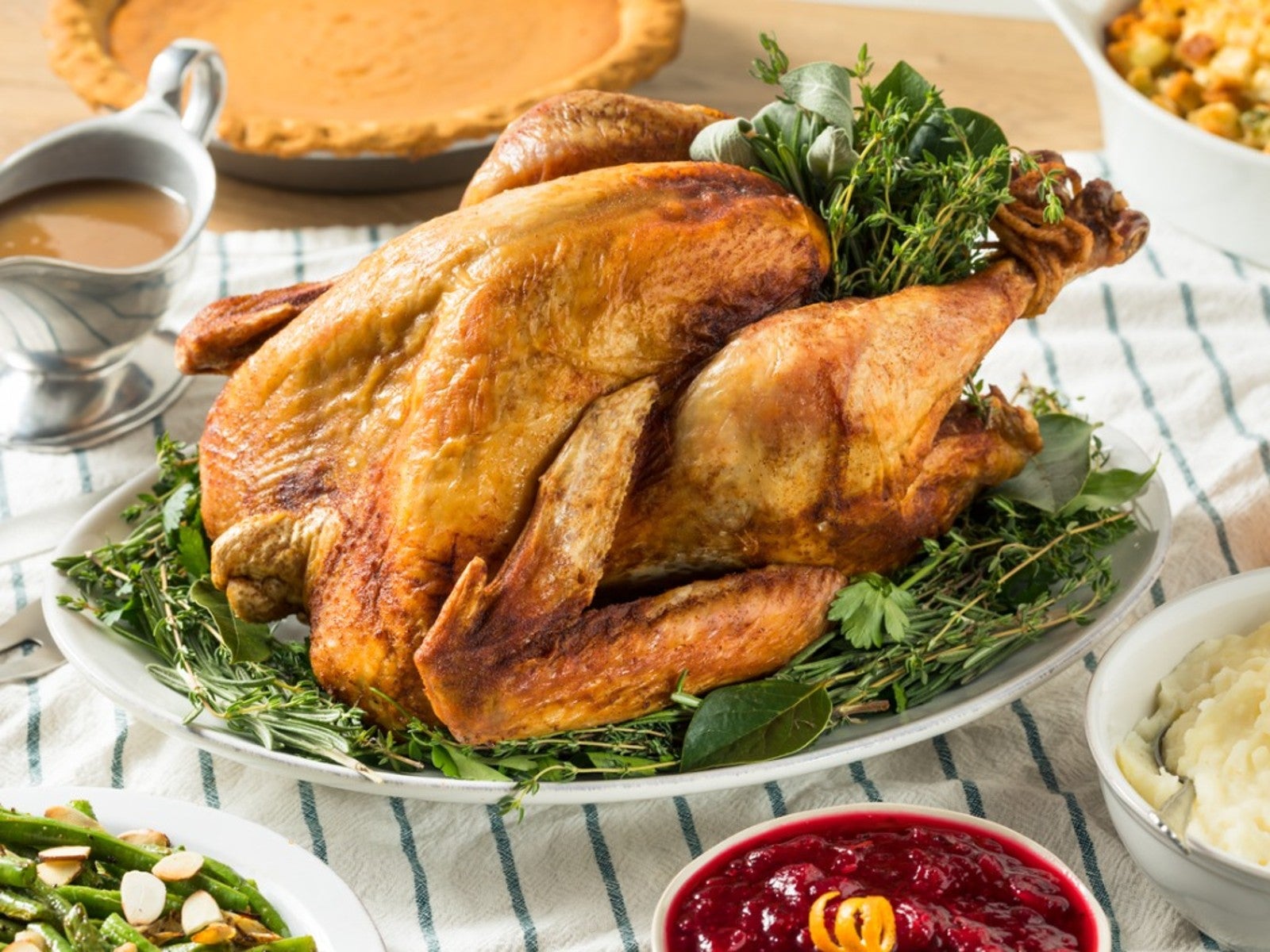 Grow Tasty Herbs For Roast Turkey In Your Garden
Grow Tasty Herbs For Roast Turkey In Your GardenCan you season your turkey with herbs you grow in your own garden? Yes! Click to learn more.
By Amy Grant
-
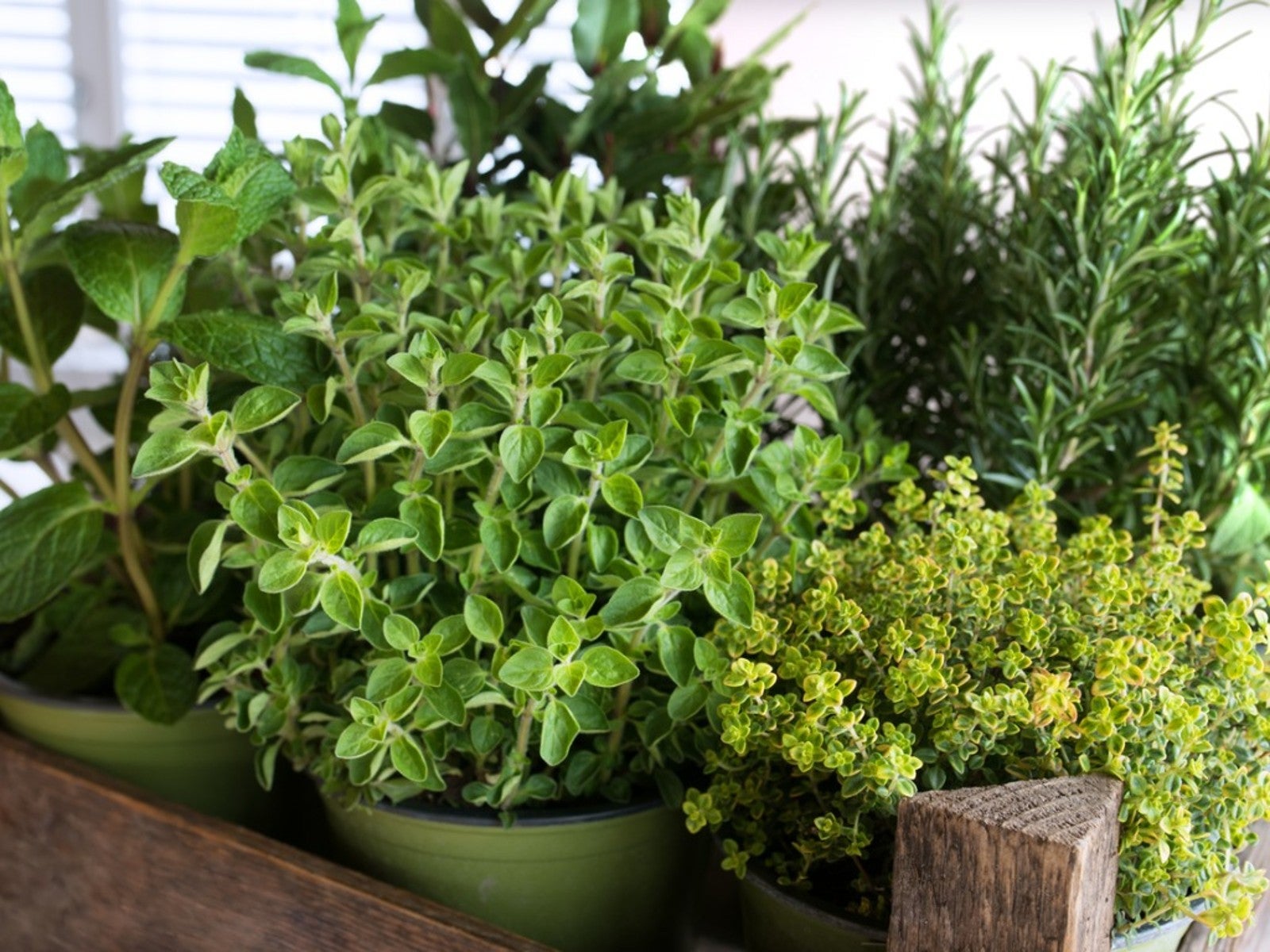 10 Easy Herbs For Beginners
10 Easy Herbs For BeginnersIf you’re new to herb growing, there are some perfect beginner herbs that are low maintenance and easy. Here are our top ten.
By Mary Ellen Ellis
-
 How To Make A Rain Gutter Herb Garden
How To Make A Rain Gutter Herb GardenOne really fun look outside the box is a hanging rain gutter herb garden. A gutter planter is a unique way to house and showcase plants.
By Bonnie L. Grant
-
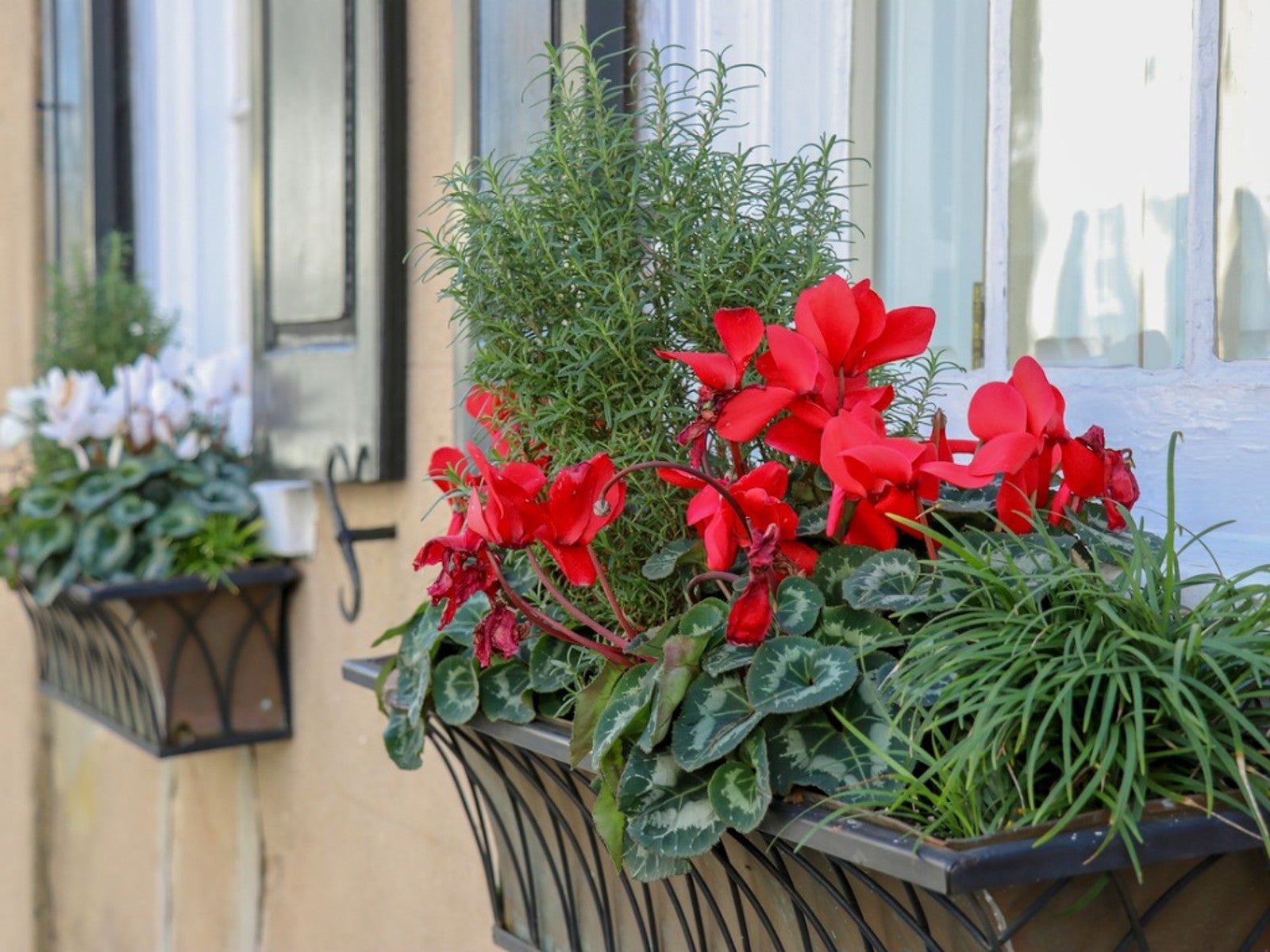 Grow A Beautiful, Edible Herb Window Box
Grow A Beautiful, Edible Herb Window BoxGrowing herbs in window boxes is a space-saving method for producing culinary ingredients for kitchen use. Click for more.
By Laura Miller
-
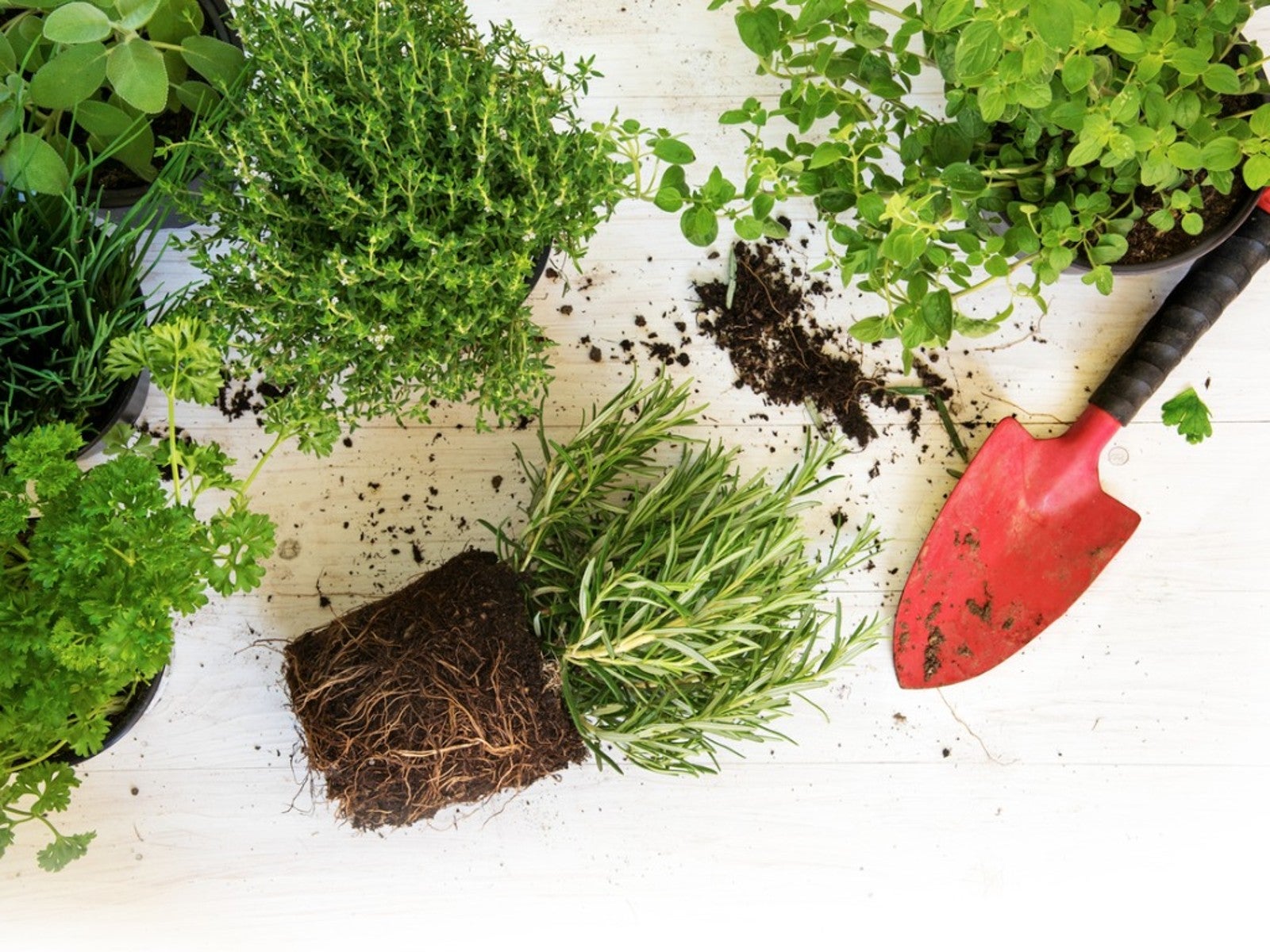 Best Herbs To Direct Sow Vs. Start Indoors
Best Herbs To Direct Sow Vs. Start IndoorsKnowing when to buy herb plants or start them from seeds or cuttings is essential to your success. Read on to learn more.
By Laura Miller
-
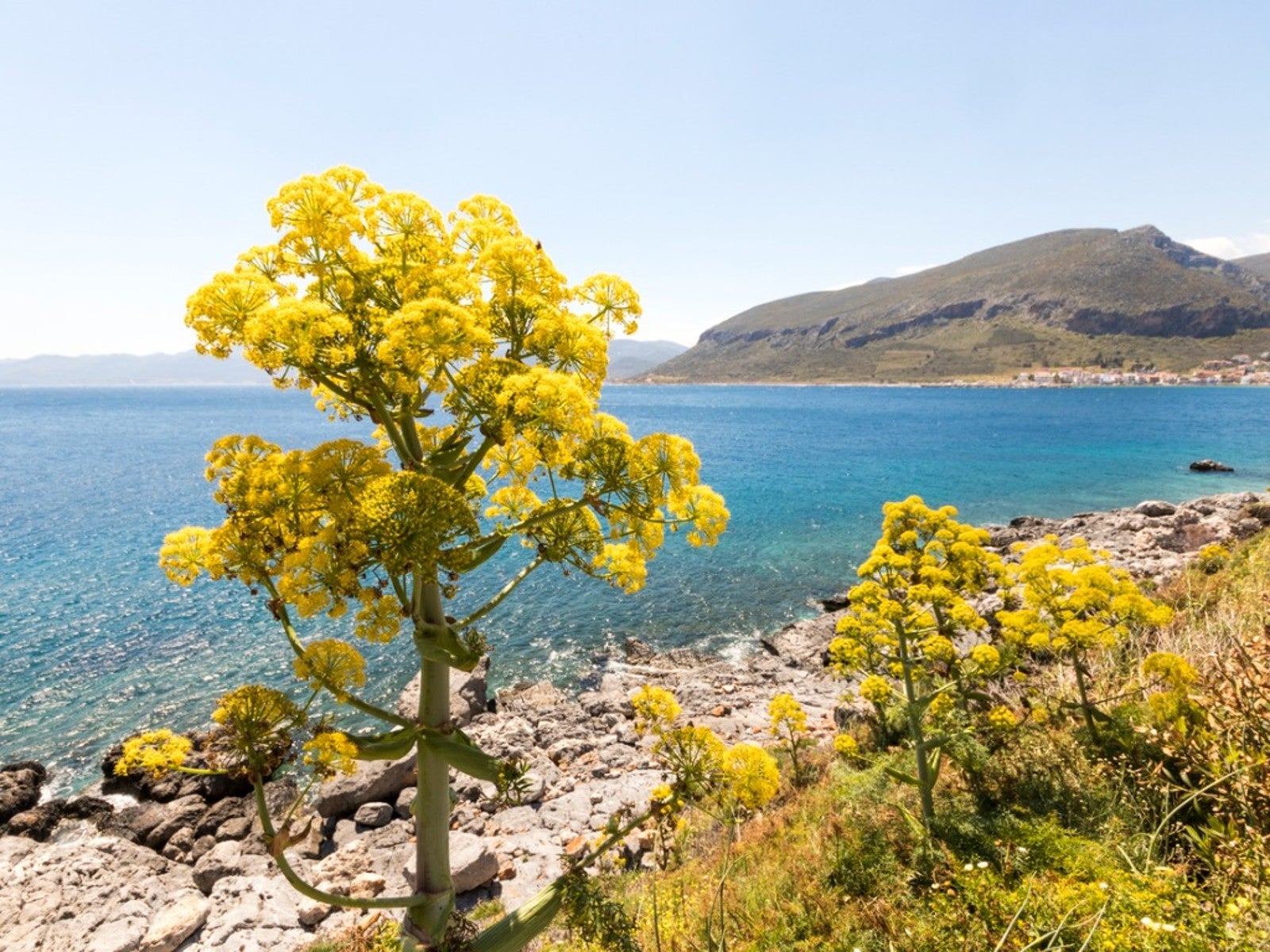 Learn About The Highly Prized Silphium Herb
Learn About The Highly Prized Silphium HerbWhat if there was a perfect plant? In ancient times such a treasure existed. It was the silphium plant.
By Laura Miller
-
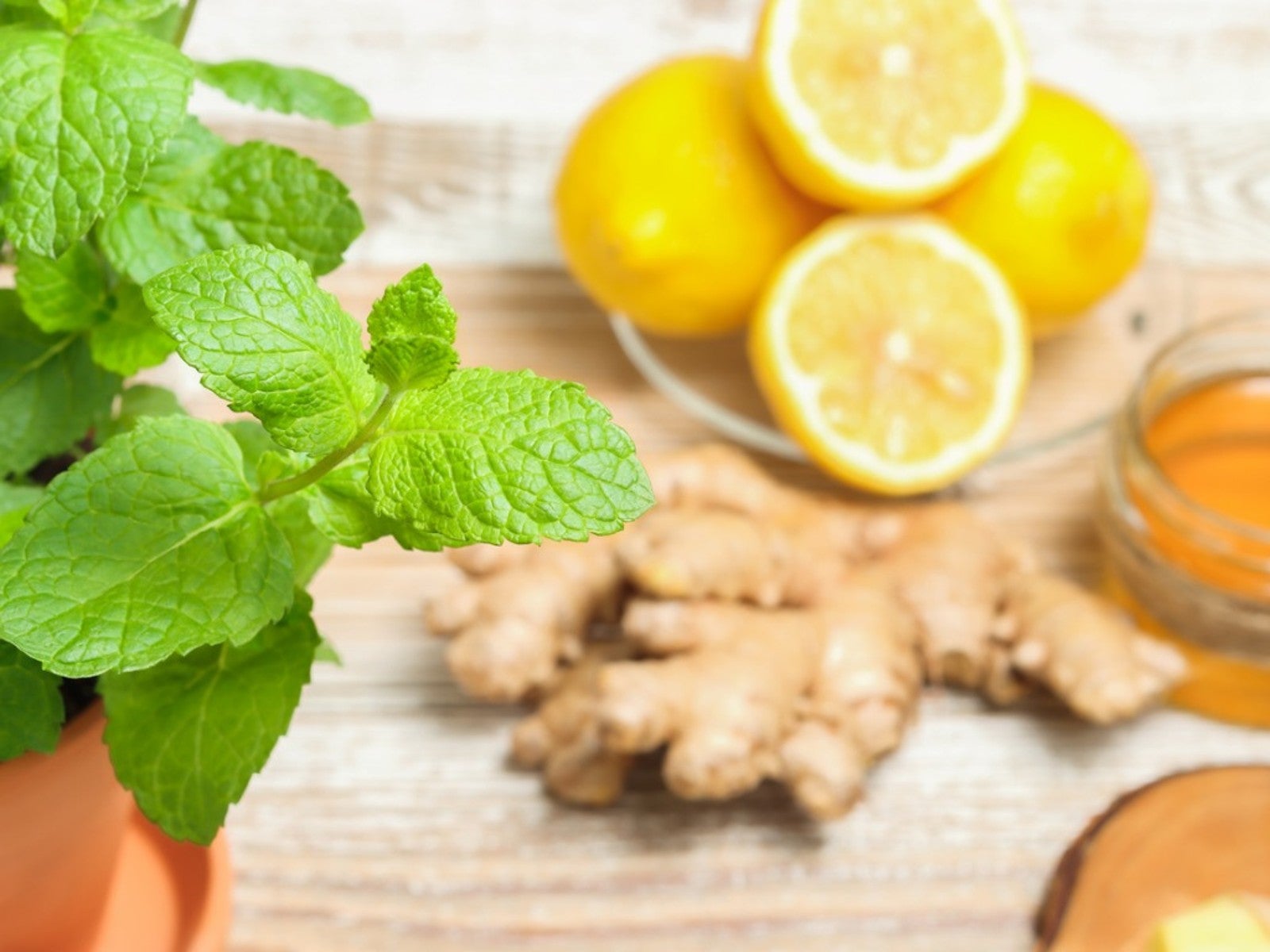 Grow Healing Herbs Indoors: Combat Winter Illness With A Medicinal Garden
Grow Healing Herbs Indoors: Combat Winter Illness With A Medicinal GardenIf you are growing medicinal plants at home, did you know you also can grow an indoor medicinal herb garden? Read on for more.
By Susan Albert
-
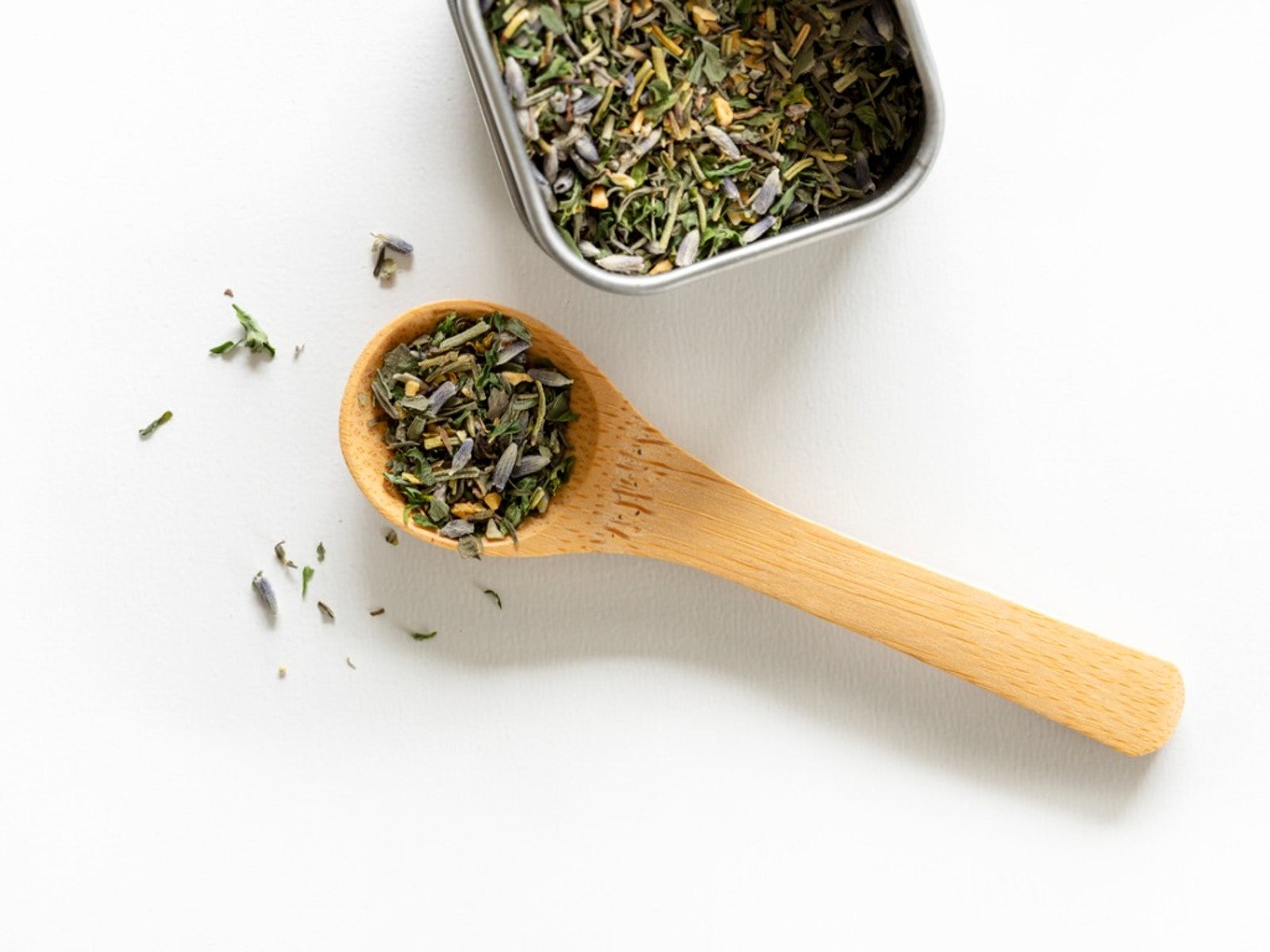 Grow Your Own Herbes De Provence - How To Grow, Dry, And Store Herbs
Grow Your Own Herbes De Provence - How To Grow, Dry, And Store HerbsHomemade gifts can add that special touch to any occasion, such as a jar of herbes de provence. Click here to learn how to grow and make your own for gifting.
By Laura Miller